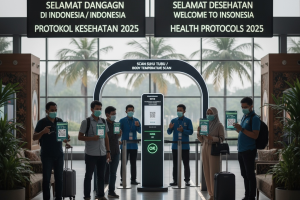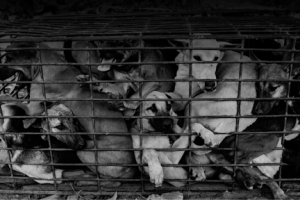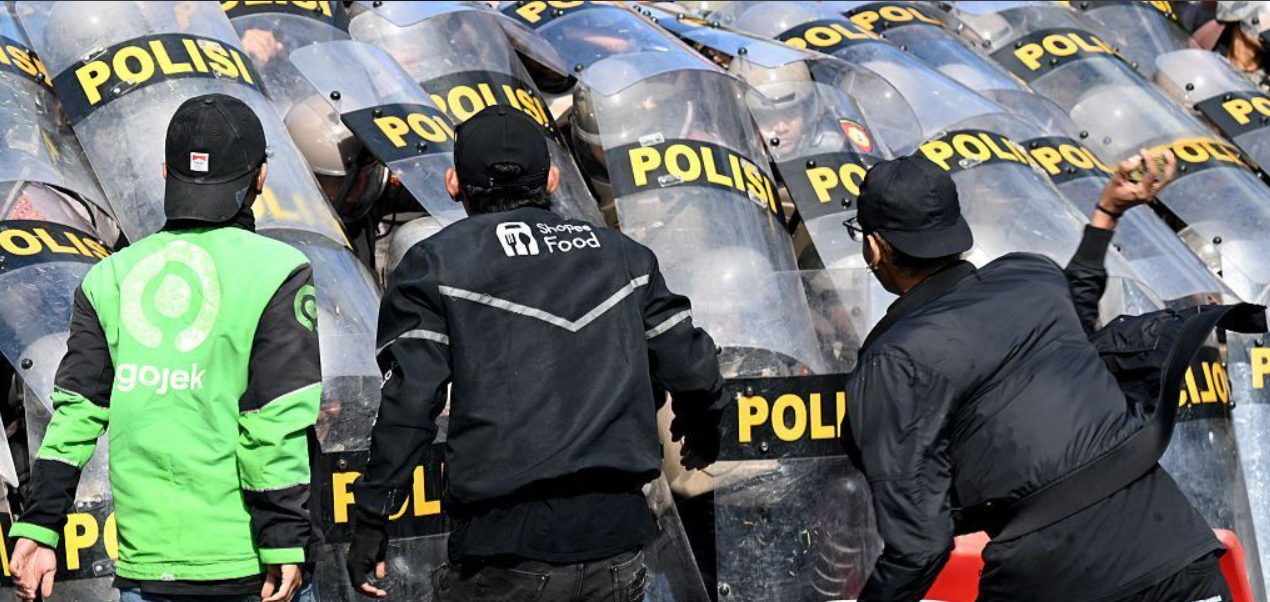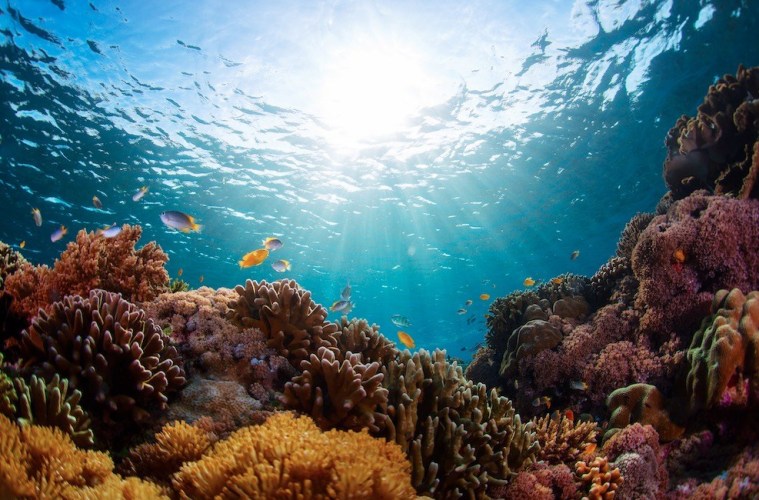The strong cultural identity of Bali is based on a combination of closely related elements that include its unique religion, its language, its castes, its community life, and its art.
Although the official language is Indonesian, Balinese remains the everyday language of the people of the island.
The ancient caste system — still alive but no longer of any official or formal significance — divides the Balinese into four distinct castes: Priests (‘Brahmana’), Rulers (‘Ksatria’), Warriors (‘Wesia’), and commoners (‘Sudra’). Unlike India, Balinese Hinduism has no ‘untouchable’ caste. Ninety percent of Balinese are commoners, while the remaining ten percent are divided among the three higher castes.
Numerous ceremonies mark the progression of life in Bali, starting, of course, with birth. Children are treated with respect and gentleness; corporal punishment is rare. In adulthood, marriage becomes compulsory and represents the individual’s official entry into the community as an adult. Subsequently, participation in the meetings of the Banjar (village association that manages village affairs) becomes obligatory.
The management of the all-important water supply falls under another essential community organization called the Subak, to which each village landowner belongs. Bali’s irrigation system, unique in the world, is managed by these associations, which ensure the fair distribution of water and carry out the traditional ceremonial rites to the gods of agriculture.
No discussion of Bali is complete without mentioning Bali’s native inhabitants, the so-called ‘Bali Aga’. They are the descendants of the first known inhabitants of Bali, and their customs are of prehistoric origin — long before the arrival of Hinduism. Now their culture represents a unique combination of their animistic origins and Balinese Hinduism. There are only a few villages of Bali Aga left; the two best known are Tenganan in Karangasem and Trunyan in Kintamani, Bangli.














